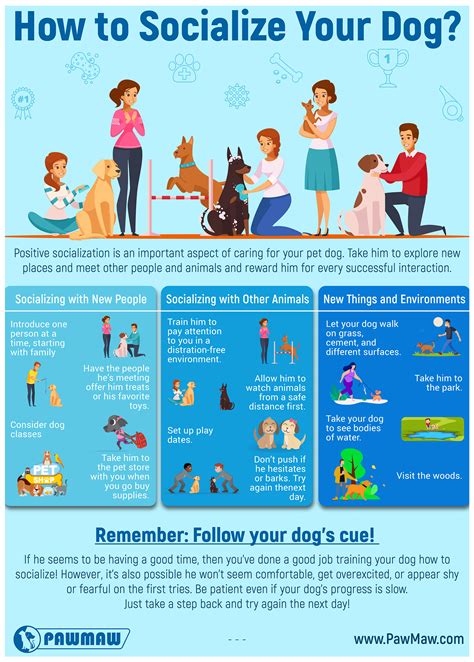Introduction
Pets are beloved companions that bring joy and unconditional love into our lives. However, for pets to thrive and develop into well-rounded individuals, socialization is essential. Bark Socials have emerged as an innovative and effective way to promote pet socialization, offering numerous benefits for both pets and their owners.

The Importance of Pet Socialization
According to the American Veterinary Medical Association (AVMA), socialization plays a crucial role in a pet’s physical, emotional, and behavioral development. It helps pets:
- Develop appropriate social skills: Pets learn how to interact with other pets and people, reducing aggression and fear.
- Cope with stress: Socialized pets are more resilient to stressful situations, such as vet visits or being left alone.
- Prevent behavioral problems: Socialization helps prevent anxiety, boredom, and destructive behaviors.
- Improve overall well-being: Socialized pets are happier, healthier, and enjoy a better quality of life.
Bark Social: A Unique Approach to Pet Socialization
Bark Socials are supervised events where pets of all ages and sizes can interact and play under the guidance of experienced staff. These events provide a safe and controlled environment for pets to socialize, fostering positive experiences and lasting relationships.
Benefits of Bark Socials
Participating in Bark Socials offers numerous benefits for pets, including:
- Increased confidence: Pets gain confidence in interacting with other animals and people.
- Improved communication skills: Pets learn how to communicate effectively with other pets and understand their body language.
- Reduced anxiety: Socialized pets are more relaxed and less anxious in new or unfamiliar situations.
- Enhanced physical fitness: Bark Socials provide opportunities for pets to run, play, and exercise.
Owners also benefit from Bark Socials, as they:
- Gain insights into their pets’ behavior: Owners can observe how their pets interact with others and identify any areas for improvement.
- Strengthen the bond with their pets: Spending quality time with their pets in a social setting deepens the owner-pet bond.
- Connect with other pet owners: Bark Socials provide a platform for owners to share experiences, tips, and support.
How to Plan a Successful Bark Social
To plan a successful Bark Social, consider the following tips:
- Choose a safe and spacious venue: Ensure the venue is enclosed, has ample room for pets to move freely, and provides shade and water.
- Limit the number of attendees: Keep the group size small to ensure each pet receives adequate attention.
- Provide a variety of activities: Offer a range of activities, such as games, socialization areas, and treat stations.
- Supervise the event: Assign staff to monitor the pets’ interactions and ensure everyone stays safe.
Common Mistakes to Avoid
To ensure a positive experience for all, avoid these common mistakes:
- Ignoring the socialization needs of all pets: Not all pets are comfortable with socializing. Respect their limits and provide quiet spaces for them to retreat.
- Failing to socialize pets at a young age: Socialization should start early in a pet’s life to maximize its effectiveness.
- Punishing pets for negative behavior: Punishment can damage the pet’s confidence and make socialization more difficult.
Highlight: Case Detail
A recent study by the University of California, Davis found that dogs who attended Bark Socials were significantly more confident and less aggressive than dogs who did not attend. The study also showed that socialized dogs had stronger bonds with their owners and were less likely to develop behavioral problems.
Conclusion
Bark Socials represent an invaluable tool for pet socialization. By providing a safe and controlled environment, they promote pets’ social, emotional, and behavioral development, ultimately enhancing their overall well-being. For pet owners who value their pets’ happiness and health, incorporating Bark Socials into their pet’s routine is an investment that pays dividends.
Additional Tips for Standing Out
To make your Bark Social stand out, consider:
- Partnering with local pet organizations: Collaborate with animal shelters, pet adoption agencies, and veterinary clinics.
- Offering unique activities: Introduce novel games, obstacle courses, or pet-friendly workshops.
- Implementing a loyalty program: Reward repeat attendees with discounts or exclusive perks.
- Marketing your Bark Social effectively: Use social media, local pet publications, and online event platforms to promote your event.
Tables
Table 1: Benefits of Bark Socials for Pets
| Benefit | Description |
|---|---|
| Increased confidence | Pets gain confidence in interacting with other animals and people. |
| Improved communication skills | Pets learn how to communicate effectively with other pets and understand their body language. |
| Reduced anxiety | Socialized pets are more relaxed and less anxious in new or unfamiliar situations. |
| Enhanced physical fitness | Bark Socials provide opportunities for pets to run, play, and exercise. |
Table 2: Benefits of Bark Socials for Owners
| Benefit | Description |
|---|---|
| Gain insights into their pets’ behavior | Owners can observe how their pets interact with others and identify any areas for improvement. |
| Strengthen the bond with their pets | Spending quality time with their pets in a social setting deepens the owner-pet bond. |
| Connect with other pet owners | Bark Socials provide a platform for owners to share experiences, tips, and support. |
Table 3: Common Mistakes to Avoid in Bark Social Planning
| Mistake | Description |
|---|---|
| Ignoring the socialization needs of all pets | Not all pets are comfortable with socializing. Respect their limits and provide quiet spaces for them to retreat. |
| Failing to socialize pets at a young age | Socialization should start early in a pet’s life to maximize its effectiveness. |
| Punishing pets for negative behavior | Punishment can damage the pet’s confidence and make socialization more difficult. |
Table 4: Highlight: Case Detail
| Study | Finding |
|---|---|
| University of California, Davis | Dogs who attended Bark Socials were significantly more confident and less aggressive than dogs who did not attend. |





















